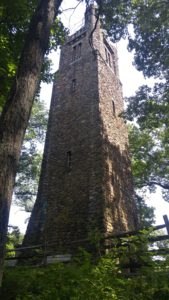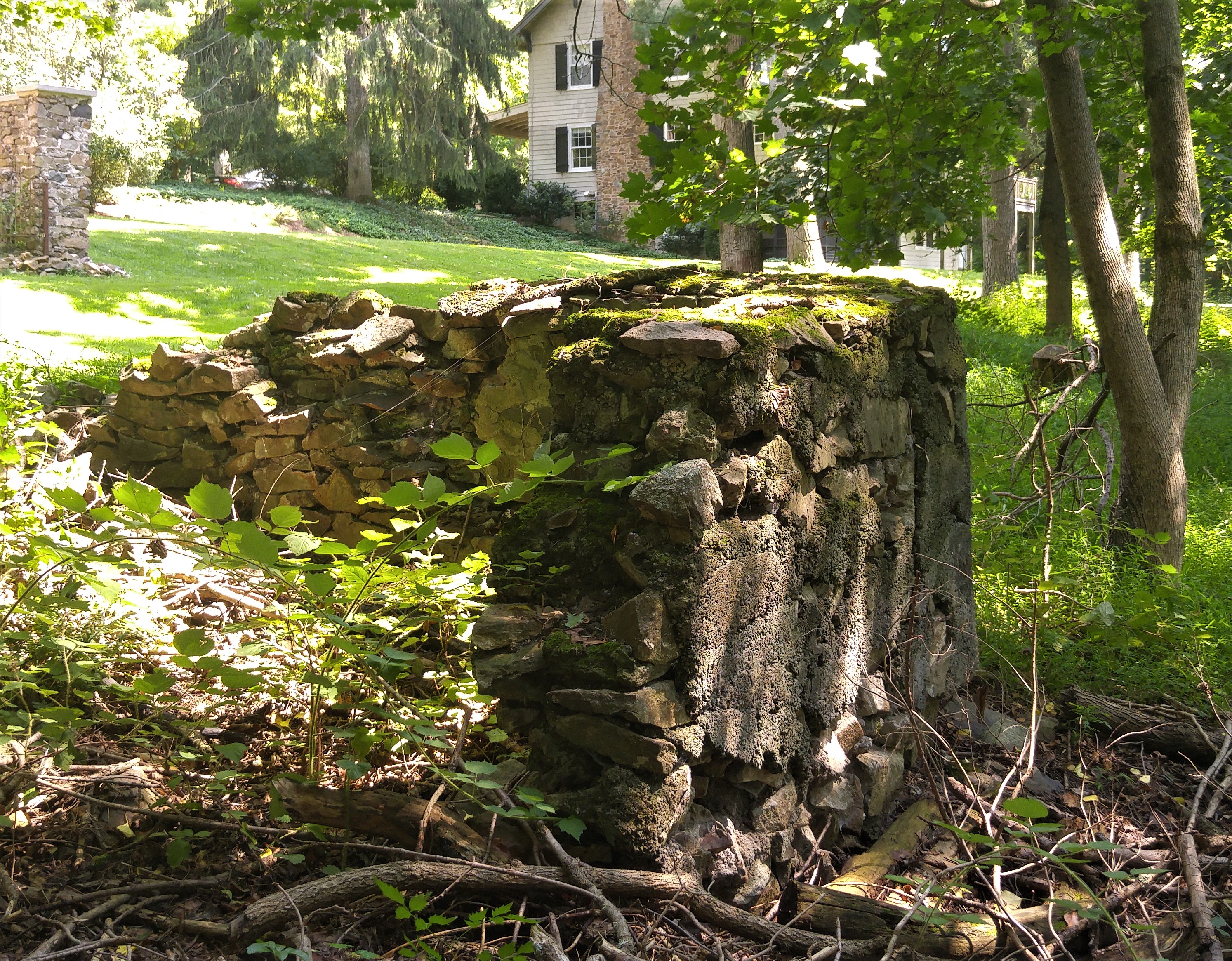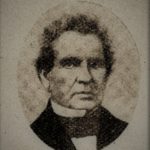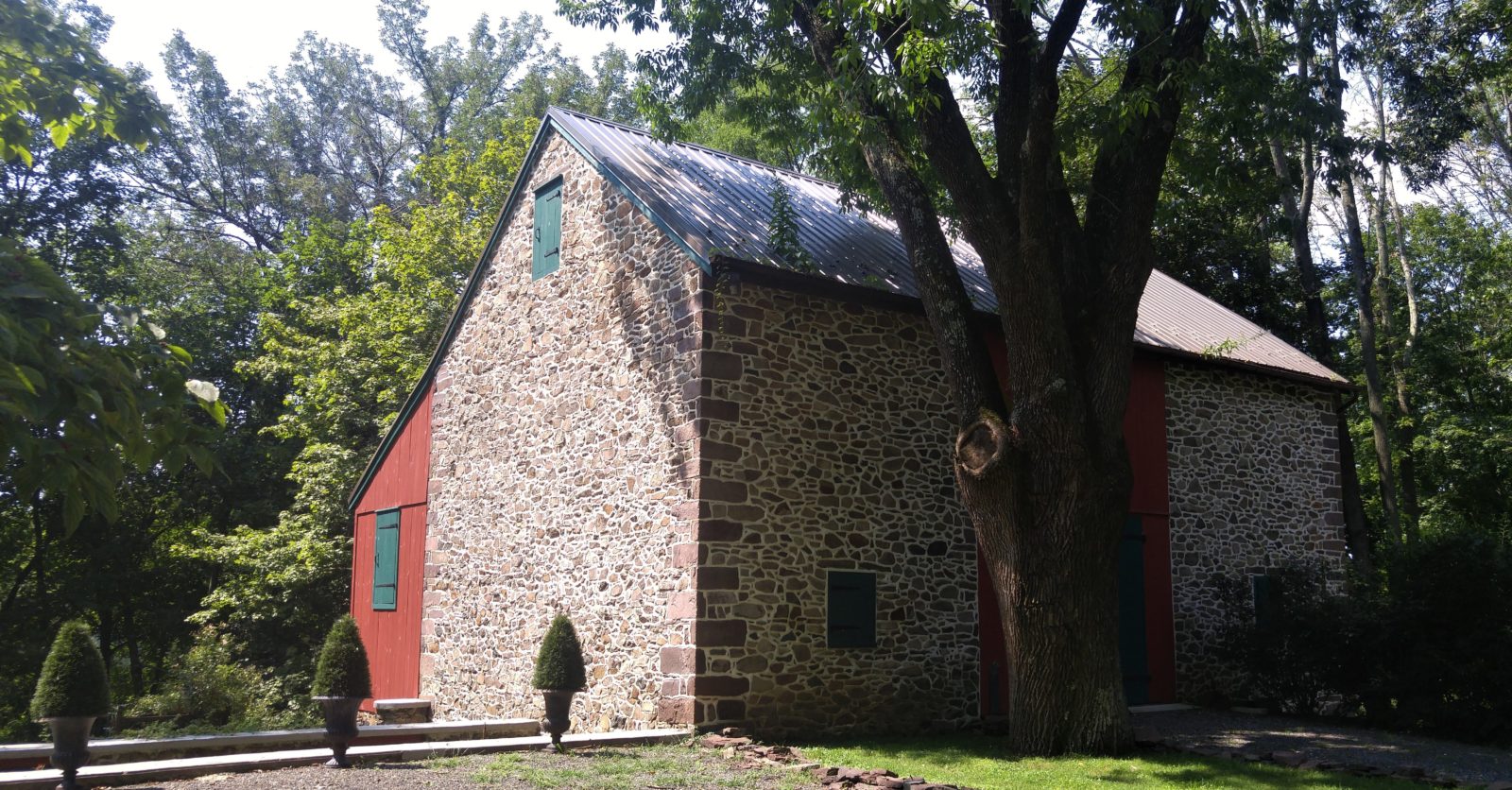Upper Makefield achieved fame in the 1800s for graduating 6th graders from “Lurgan College”.
The elementary school I graduated from in Fresno, Calif. was pretty unremarkable for scholarship. However I do recall Mrs. Burnheart as an inspiration in 3rd grade. Still, no way would Roeding Elementary be acclaimed a “college” like a tiny school that once existed in Upper Makefield. Lurgan grade school had that reputation, thanks to a 19th century U.S. senator. More on him later. But first the back story.

Today there is no sign of the old school on Lurgan Road where it passes below Bowman’s Hill from River Road. The 3-mile-long route is named for a stretch of fertile farm fields just beyond the hill, now sprouting McMansions. The farms were founded in the early 1700s by immigrants on the border between Buckingham, Upper Makefield and Solebury. From historical records, it’s clear the settlement’s name comes from the town of Lurgan 20 miles southwest of Belfast in Northern Ireland. Lurgan derives from an Irish noun meaning “shin-shaped hill”. Perhaps settlers in our Lurgan thought of home due to the near proximity of Bowman’s Hill.
There are two theories of who named it Lurgan. Some believe it was James Logan, William Penn’s secretary who was born in the Irish Lurgan and owned acreage above Bowman’s Hill that would become New Hope. Others believe the Kirk family who immigrated to Upper Makefield from Lurgan gave the hamlet its name.
At the time, the Kirks and others embraced educational values cherished by Quakers. So they built a wood frame school in 1755 at the intersection of today’s Lurgan and Old roads, literally a stone’s throw from the mountain goat road leading to the stone watchtower atop Bowman Hill. The school had a dual use as a Quaker meeting house. It lasted nearly a century before falling to ruin by 1850. The only remains are its stone foundation that I believe I found in woods near the intersection of Old and Lurgan roads.

Lurgan was part of a system of “Friends’ Public Schools” founded in Philadelphia in 1697 that spread to outlying counties. If you were poor, Quakers subsidized enrollment or covered the cost entirely, and all religious persuasions were welcome. Pennsylvania founder William Penn, from his manse in Falls Township in 1682, established moral guideposts for his Quaker followers. As he put it, “I abhor two principles in religion and pity them that own them. The first is obedience to authority without conviction; and the other is destroying them that differ from me for God’s sake.”
Students obviously absorbed a good foundation in the 3Rs and philosophy of life at Lurgan. Graduates achieved distinction in Pennsylvania and the United States. Among them were Joseph Fell, first superintendent of the Bucks County public school system founded in the 1854; Dr. John Moses, a distinguished Philadelphia physician; and John Ross, a brilliant attorney who became judge of the Seventh Judicial District comprising Bucks, Montgomery, Chester and Delaware counties.

It was Lurgan graduate Oliver H. Smith who branded the school a “college.” He was born in 1794 on the Smith Family farmstead in the shadow of Bowman Hill. In his early 20s, he journeyed west to Indiana in 1818 where he studied law and earned admission to the bar. Permanently settling in Connersville, Ind., he became prosecuting attorney for the Third Judicial District. Known for his great wit, Smith was a crowd pleaser and got elected to the state Assembly and then the U.S. House of Representatives in 1827. He made a fortune as a lawyer and businessman who not only established a great estate but founded the village of Yorktown in Indiana and built a railroad, saw mill, grist mill and fulling mill. In 1837, he was elected to the U.S. Senate where he chaired the committee on public lands.
In Washington, senators were chatting when the subject of where they went to college came up. One said Harvard, another Yale. When it was Smith’s turn. he answered firmly, “Lurgan”. That sent senators scrambling through archives, looking for what they could find out about Lurgan College. They didn’t find anything, never suspecting their colleague was describing his beloved grade school back home in Bucks County.
Sen. Smith’s declaration soon reached Upper Makefield. For decades, buzz about the famous “college” enlivened the area’s fireside chats. As reported in the Newtown Enterprise in 1888, a legal dispute over water rights in Lurgan made the news. To fix the locale for readers, the newspaper reminded them it was “at the site of the famous Lurgan College” – the college that never was.
Sources for this column include “Place Names in Bucks County Pennsylvania” by George MacReynolds published in 1942; “The History of Bucks County Pennsylvania” by W.W.H. Davis published in 1905; and a discussion of early Quaker schooling in Pennsylvania found on the Web at
http://www.phmc.state.pa.us/portal/communities/pa-heritage/our-first-friends-early-quakers.html
Carl LaVO, a retired Courier Times editor, can be reached at carllavo@msn.com or through his website, wwww.buckscountyadventures.org. He will appear on Sept. 21 at noon in Gwynedd to address the Huntingdon Valley High 12 at noon at the William Penn Inn, 1017 Dekalb Pike, Gwynedd. His complete list of upcoming appearances in on his website.

